Cones and Everygrees
Of course, nothing is ever straight forward and simple. After doing a post on why deciduous trees drop their leaves, I thought it would be appropriate to do a post on evergreens. It turns out that there are two botanical classifications for trees that are other than deciduous. Conifers are trees that reproduce by forming a cone and not a flower. Most stay green all year long, but not all of them. Evergreens are trees that are green all year long. Some conifers are evergreens, but not all of them. The genus Larix and Taxodium are deciduous conifers. Some evergreens are conifers, but not all of them either! To simplify the discussion, I’m going to focus on conifers that are evergreens.
Fast Facts
There are about 575 species of conifers.
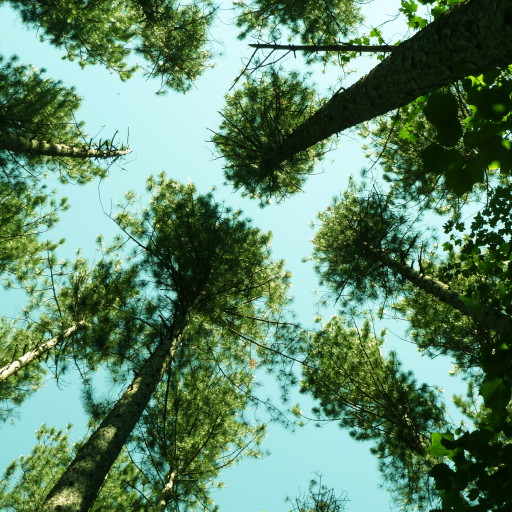
They are from the phylum Coniferophyta.
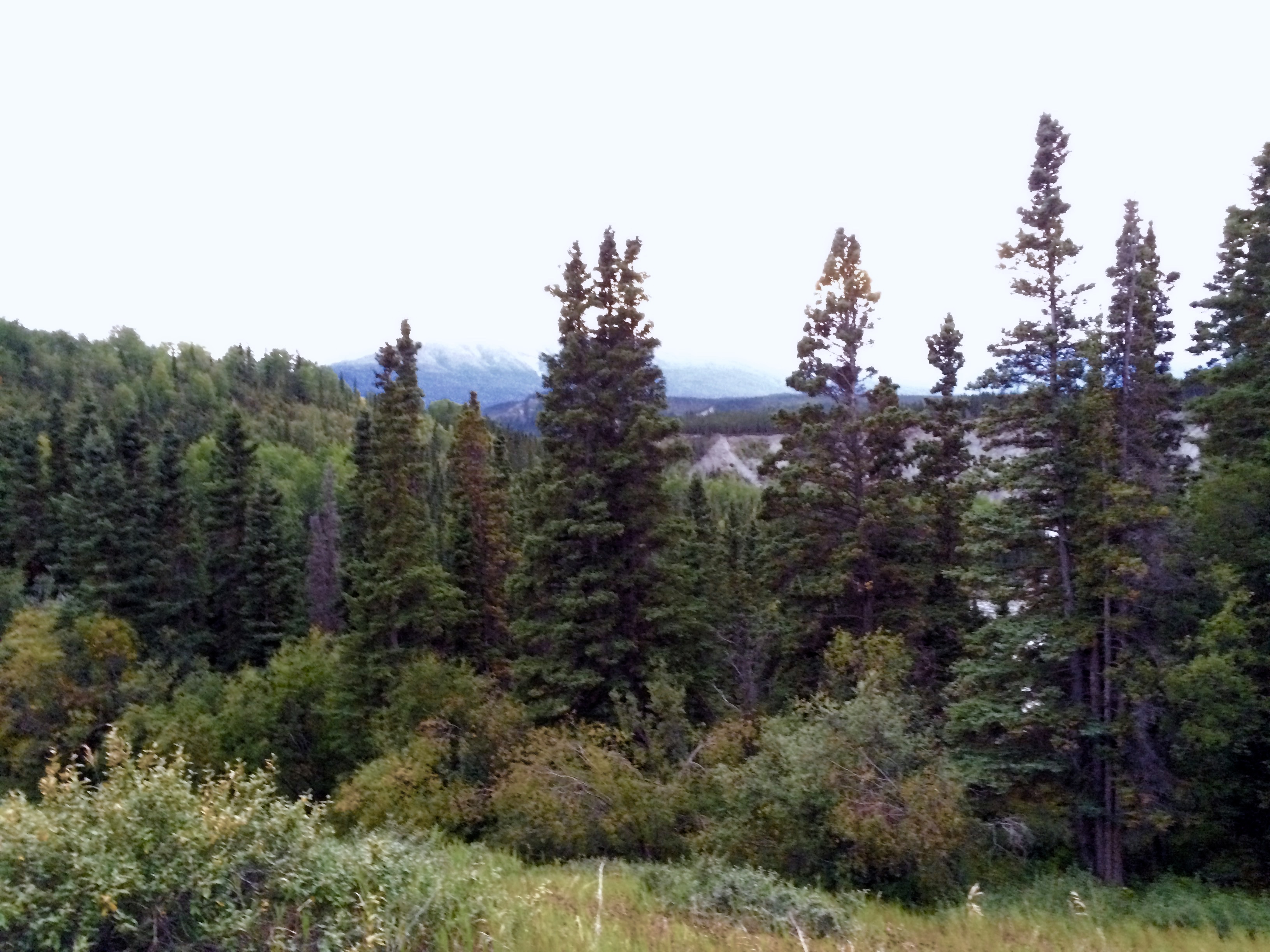
Conifers in Alaska
Conifers have been around for 300 million years.
This is quite a feet considering the oldest angiosperms (deciduous trees) are only half that old.
They don’t adapt well to temperature changes, so they are mostly found in cooler parts of the world with northern latitudes of 50-70 degrees.
NEEDLES
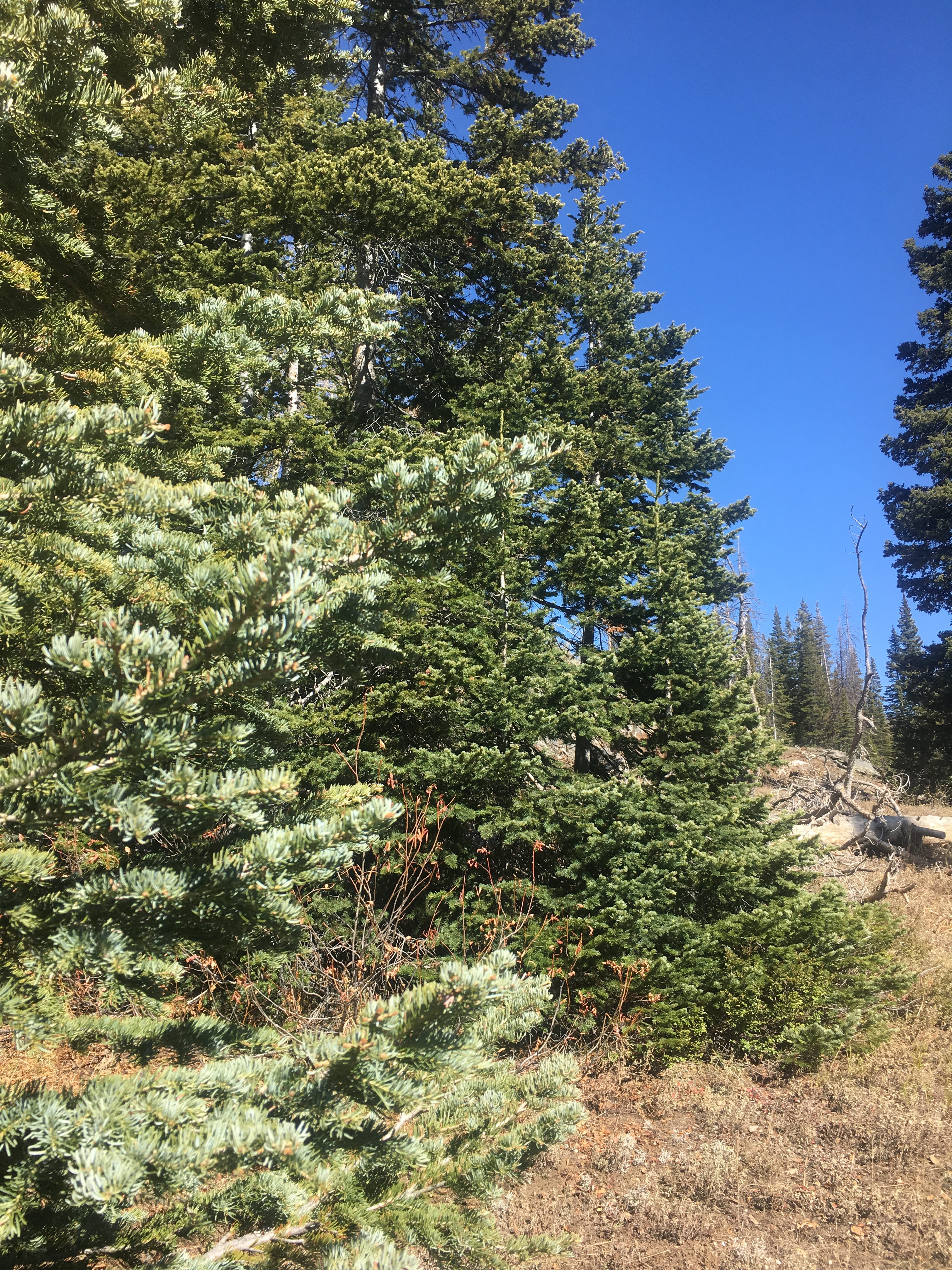


The smaller needle shaped leaves have less surface area to lose water to evaporation. The cold climates with frozen ground for much of the year, mimic a desert landscape where water is extremely limited.
Since the needles don’t drop, they are able to quickly take advantage of short growing seasons in northern areas.
The surface area of the needles is small, so there is less sap to freeze. Many can withstand temperatures to -40’C.
Growing Patterns
Conifers in northern areas have a typical triangular shaped growing pattern to shed snow effectively.
Similar trees growing in more temperate zones have branches with more upward shaped growing patterns.
If you want to see great examples of cone bearing evergreens, visit Spruce Knob!
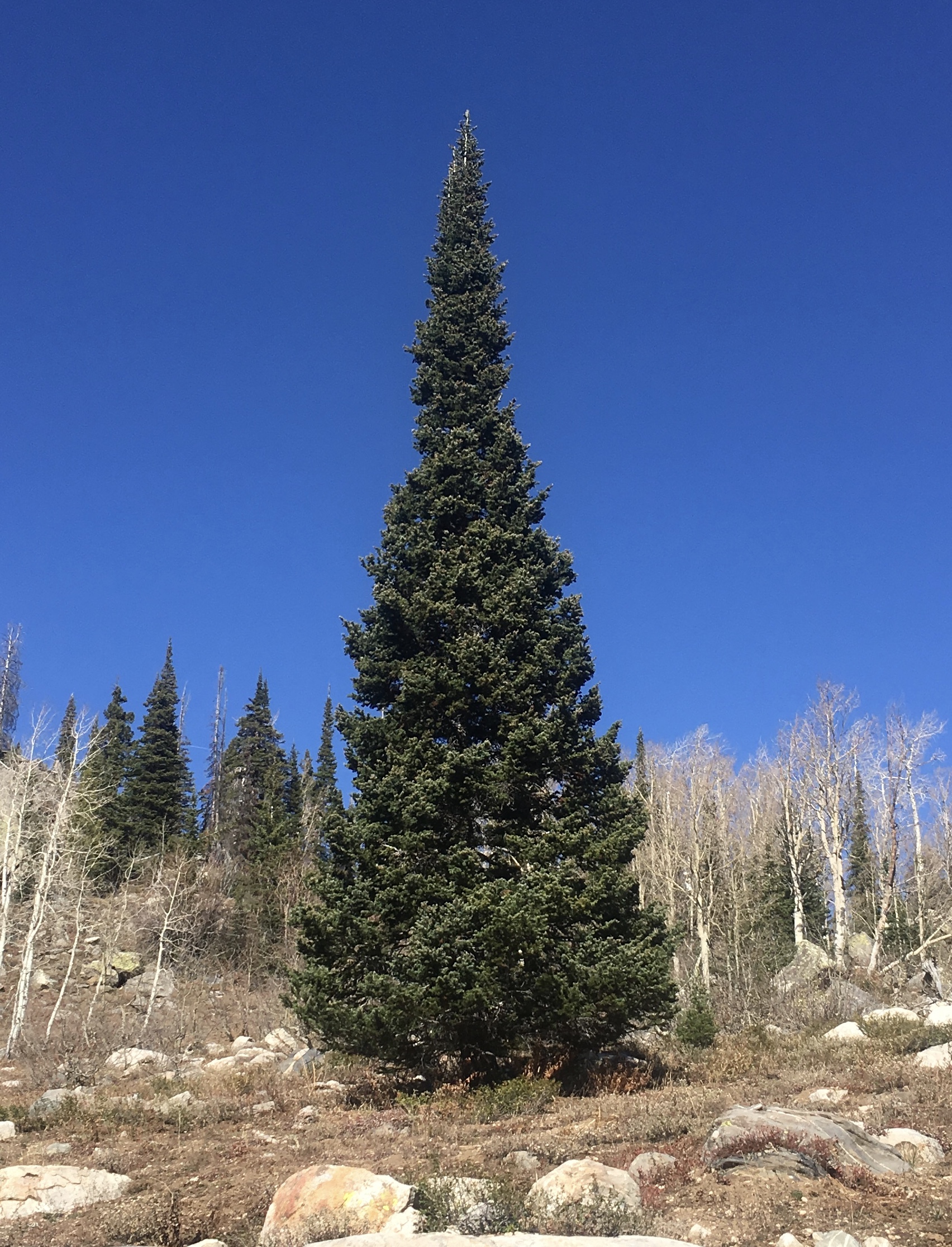
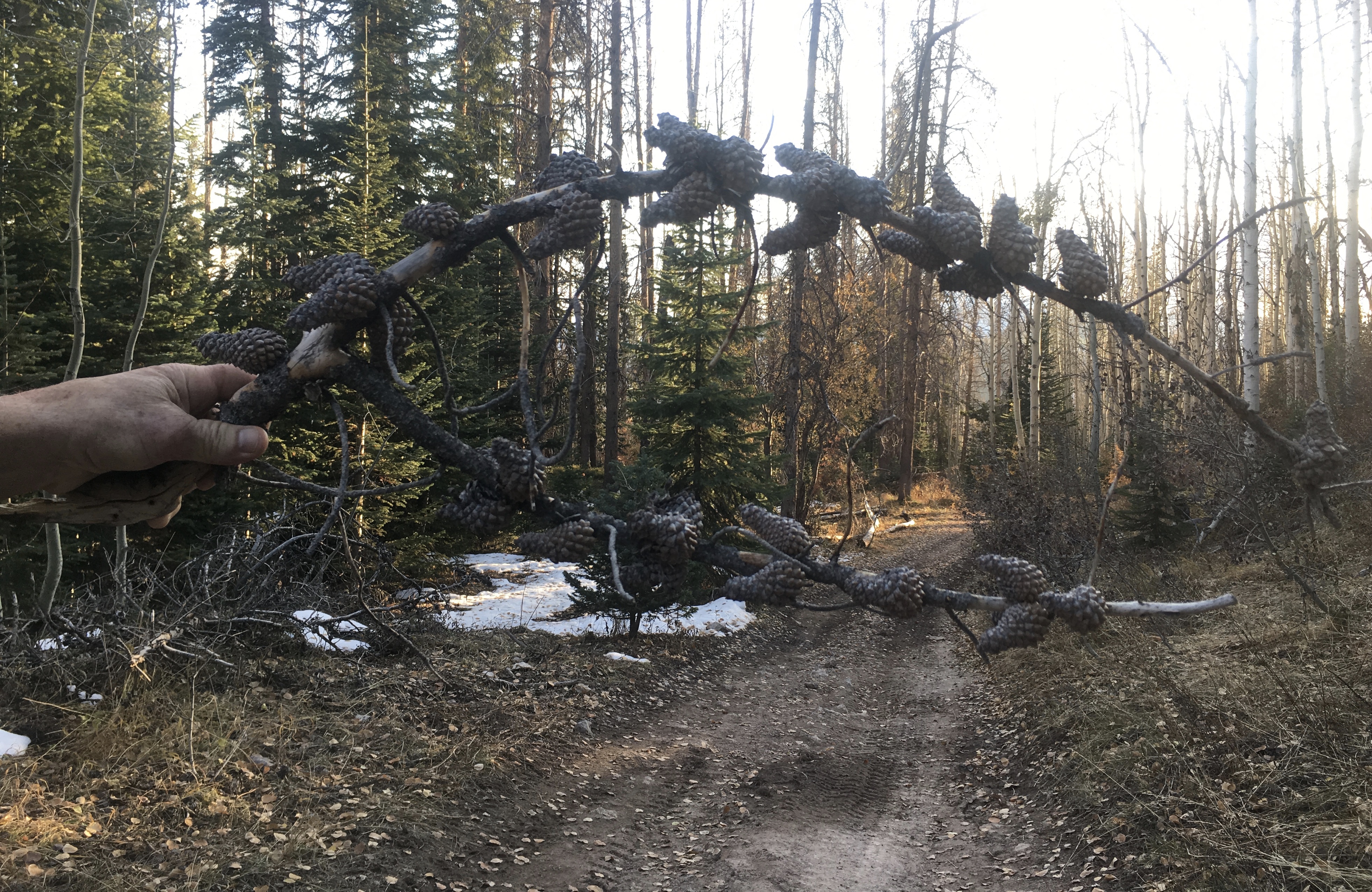
Old Cones
Conifers are gymnosperm which are plants that produce their seed in female cones. They are pollinated by male cones through the wind.
My examples are from hiking and wilderness areas, but many types of these trees are in residential areas everywhere. Cone bearing trees that are evergreens, can add a splash of color, an element of texture, and a variety of shapes to landscapes all year. Their ability to withstand cold temperatures makes them ideal for colder areas. Some have evolved to also withstand more temperate climates. Consider adding some consistent greenery to your landscape.
